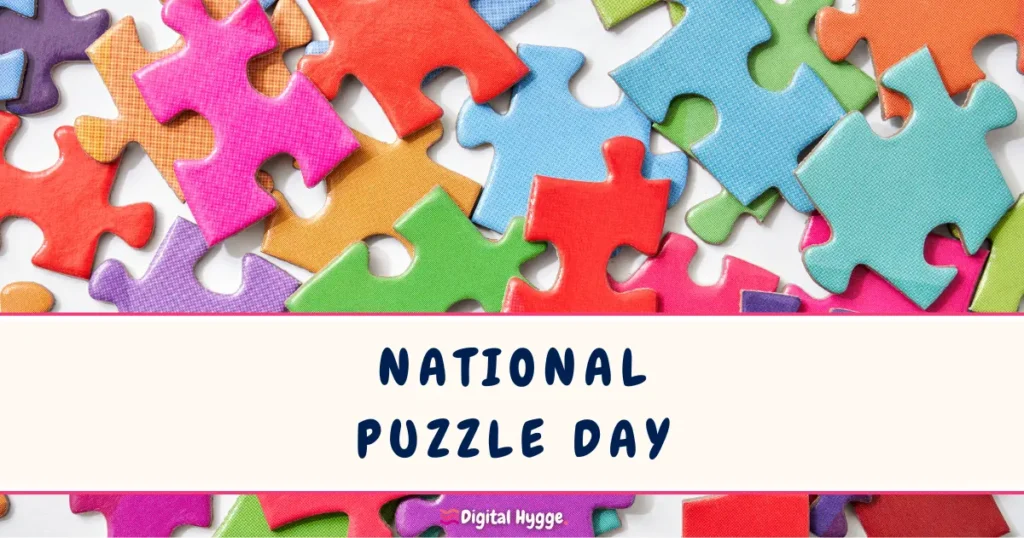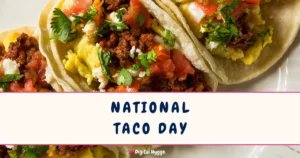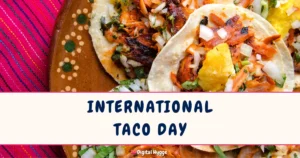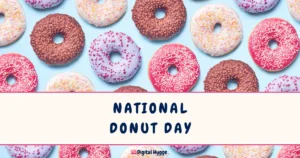National Puzzle Day, celebrated on January 29, highlights the enjoyment and cognitive benefits of puzzles.
A puzzle is a game, problem, or activity that challenges people to use their creativity, patience, and problem-solving skills, often involving connecting pieces, spotting patterns, or completing sequences. Puzzles come in many forms, each stimulating the mind in unique ways—from jigsaw puzzles that build spatial awareness and memory to crosswords that improve vocabulary and language skills, and logic puzzles that enhance critical thinking.
Celebrating National Puzzle Day offers an opportunity to engage in activities that boost mental agility, encourage collaboration, and add a bit of fun to learning and teamwork.
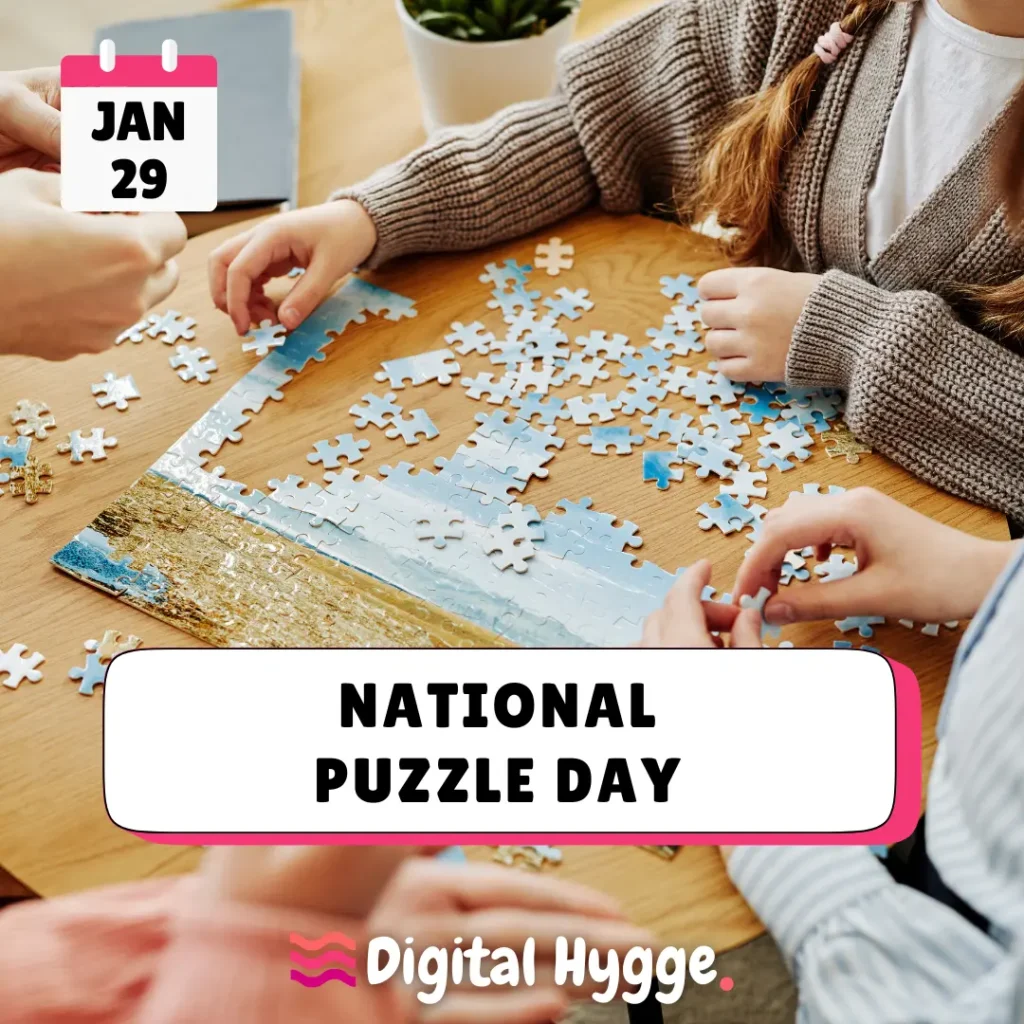
Piecing Together the Past: The Origins of Puzzles
National Puzzle Day is a celebration of puzzles, a pastime that has entertained and educated people for centuries.
The history of puzzles traces back to the 18th century when mapmaker John Spilsbury created the first known jigsaw puzzle to help children learn geography. By cutting maps into pieces, he crafted a tool for engaging young minds in spatial and geographical learning.
Over time, puzzles evolved beyond educational purposes and became a popular form of home entertainment, especially during periods like the Great Depression when people sought affordable, indoor activities.
By the 1930s, jigsaw puzzles were a household staple, captivating millions each week. Today, puzzles remain popular worldwide, not only for their entertainment value but for the challenge and satisfaction they offer to people of all ages.
Why Puzzles Are Good for You
Puzzles are more than just fun—they’re great for your brain. Engaging in puzzles stimulates problem-solving skills and encourages creative thinking. Research has shown that solving puzzles can boost cognitive flexibility, which helps individuals adapt to new situations and think outside the box.
Working through puzzles also strengthens cell connections in the brain, improving memory and brain function over time. Puzzles stimulate dopamine production, a neurotransmitter associated with motivation and happiness, which is why solving them often brings a sense of satisfaction and accomplishment.
Studies have even linked regular puzzle-solving to slower cognitive decline, helping maintain sharp minds well into old age. By creating order from chaos, puzzles offer both mental exercise and a healthy way to de-stress.
Types of Puzzles You Can Enjoy on National Puzzle Day
On National Puzzle Day, dive into a variety of puzzles that each bring a unique challenge! Here’s a rundown to help you pick the perfect one:
- Jigsaw Puzzles: If you love piecing together images, jigsaw puzzles are for you. With countless designs and difficulty levels, they’re great for working on spatial awareness and visual memory as you create a full picture, piece by piece.
- Crossword Puzzles: For word fans, crosswords are an ideal challenge. These puzzles test your vocabulary and clue-solving skills, making each word a rewarding discovery.
- Sudoku: Try Sudoku if you enjoy a numbers game. It’s all about logic and pattern recognition, asking you to place numbers in the right spots without repeating them in any row, column, or section.
Logic Puzzles: Perfect for anyone who loves a brain teaser, logic puzzles often involve riddles or scenarios that get you to think critically and find clever solutions.
- Maze and Labyrinth Puzzles: These puzzles put your focus and patience to the test as you navigate your way through twists and turns to find the right path to the finish.
- 3D Puzzles: Ready for a hands-on challenge? 3D puzzles let you build structures, adding a whole new layer to your puzzle-solving experience and rewarding you with something you can actually hold and admire when you’re done.
- Brain Teasers: Riddles and other types of brain teasers challenge you to think outside the box.
- Escape Room Puzzles: These collaborative, real-world puzzles bring people together to solve complex challenges as a team.
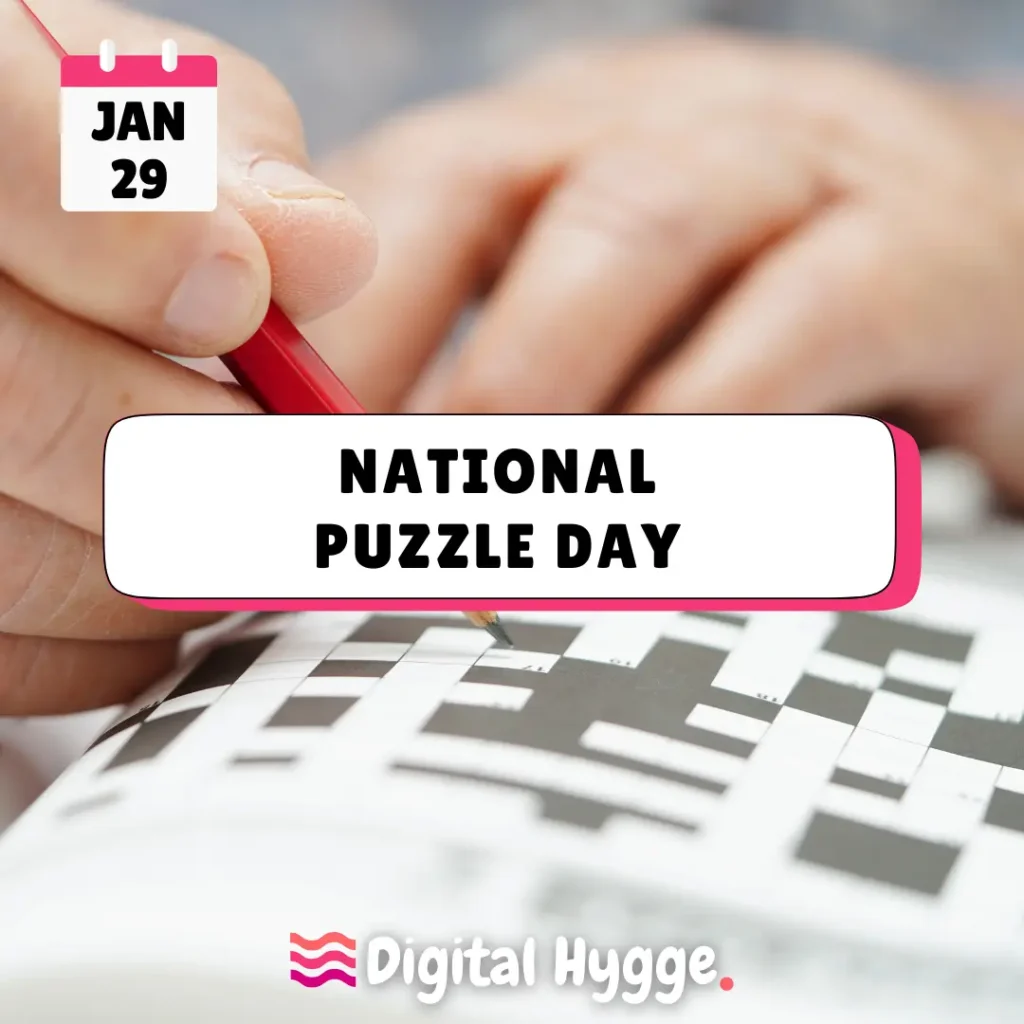
How to Celebrate National Puzzle Day
National Puzzle Day is a great opportunity to challenge your mind and explore different types of puzzles. You can enjoy them solo or turn it into a fun group activity, with plenty of creative ways to celebrate.
- Solve a Puzzle: Pick your favorite type, be it a jigsaw or crossword, and enjoy solving it on your own or with friends.
- Create Your Own Puzzle: Use your creativity to design a unique puzzle, whether it’s a fun jigsaw for others to solve or a clever riddle.
- Share Your Love of Puzzles: Post your progress or favorite puzzle moments on social media using the hashtag #NationalPuzzleDay, and connect with puzzle enthusiasts from around the world.
- Introduce a New Puzzle: Try a type of puzzle you’ve never done before, expanding your skills and challenging your brain in a new way.
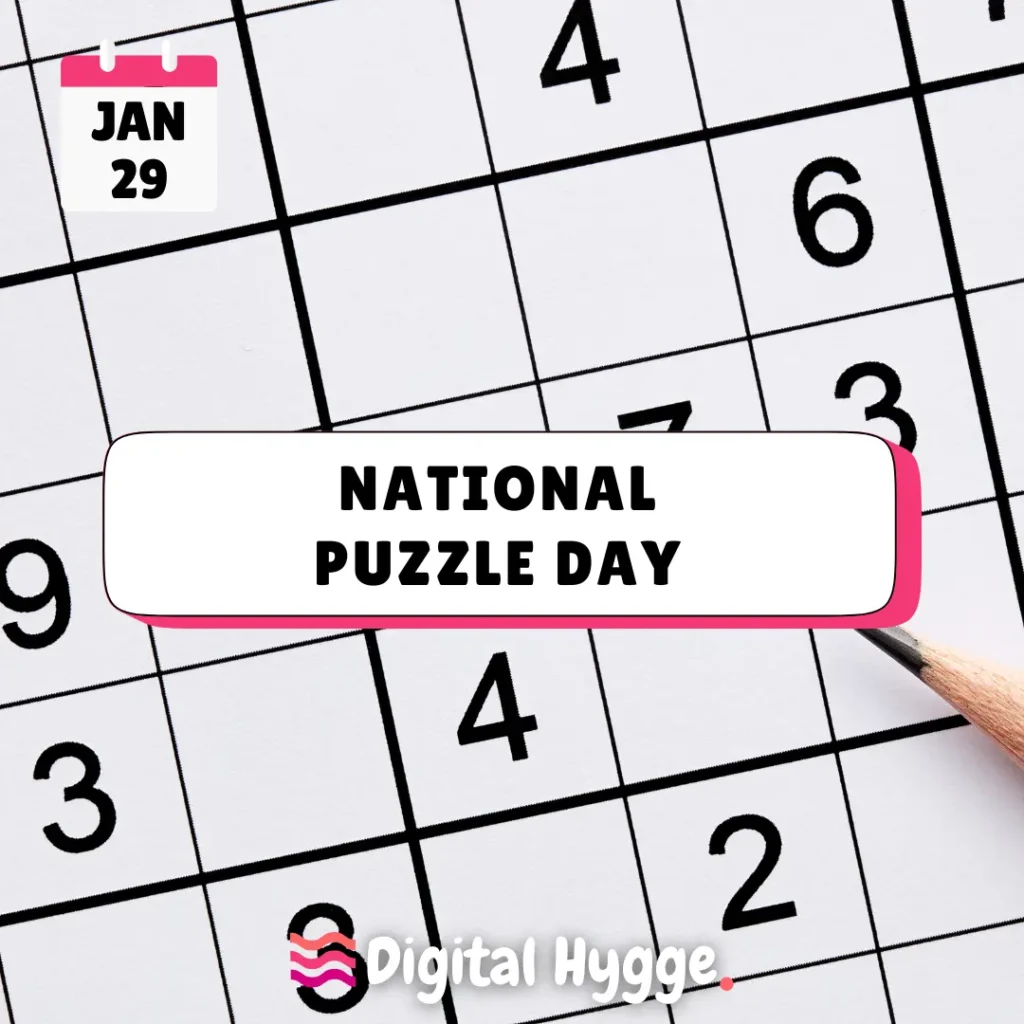
Five Fun Facts about Puzzles
- The world’s first jigsaw puzzle, created by John Spilsbury in the 1760s, was originally designed to teach children geography.
- During the Great Depression, jigsaw puzzles became wildly popular, with an estimated 10 million sold each week in the United States alone.
- The introduction of interlocking puzzle pieces in the early 20th century was a major innovation, preventing puzzles from easily falling apart and making them easier to work on collaboratively.
- Some puzzles today are so special that they’re considered “impossible puzzles,” like those made entirely of one color or with translucent pieces, presenting an extra challenge for even the most dedicated puzzlers.
- Studies have shown that regular puzzle-solving can help maintain cognitive functions and may reduce the risk of age-related memory decline.
Before You Go:
We have many more national days lists for you to explore.
- Food-related national days: complete list of national food days, pasta & noodles days, vegan & vegetarian days, celiac & gluten-free days, mushroom days, ice-cream days, pizza days, coffee days, chocolate days, wine days, alcohol & drinking days.
- Non-food national days: National Days Calendar 2025-2026 (check out the printable calendars in my Etsy shop), National Days for Teachers, and a wide array of special lists such as cat days, dog days, animal days, cleaning & organizing days, book days, music days, family & relationships days, national days for women, stationery days and even Harry Potter days.
- Country-specific national days: Australian national days, more coming soon.


